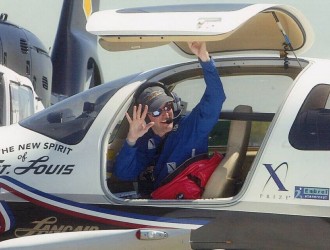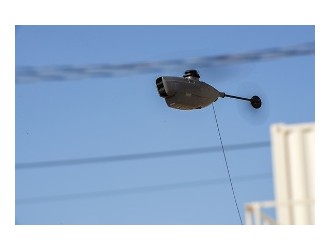
“The seriousness [with] which I view these incidents is reflected in the seniority of those leading this review. They will provide a full and open accounting to our aviation community, their families and the public,” Moran stated in the memo.
On April 5, the Navy announced that it would temporarily pause T-45C operations for three days after instructor pilots raised concerns about oxygen-system issues. The service later said that operations would restart on April 17 with pilots using modified masks that bypass the jet’s onboard oxygen generator system (OBOGS) and flights limited to 10,000 feet. When an instructor pilot experienced a headache upon the jet’s return to flight status, the Navy further restricted T-45 operations to 5,000 feet and 2g maneuvers, according to media reports.
The Navy describes physiological episodes as events in which pilots experience a reduction in peformance caused either by OBOGS-related breathing issues or cabin pressure fluctations that jeopardize safe flight. The service has experienced steadily increasing rates of such episodes involving pilots of F/A-18A-D Hornets, F/A-18E/F Super Hornets and EA-18G Growlers as well as T-45 pilots.
On April 18, the Navy said that it has assembled an Aero-Medical Crisis Action Team (A-CAT) consisting of flight doctors, physiologists, toxicologists, engineers and specialists from both Navy component units and the U.S. Air Force’s 711th Human Performance Wing at Wright-Patterson Air Force base, Ohio. The Air Force encountered similar problems that led it to ground its F-22 Raptor fleet for several months in 2011.
According to the A-CAT release, the Air Force has offered to provide the Navy with an in-line air quality sensor previously approved for use on the F-16 Fighting Falcon for use on the T-45.





